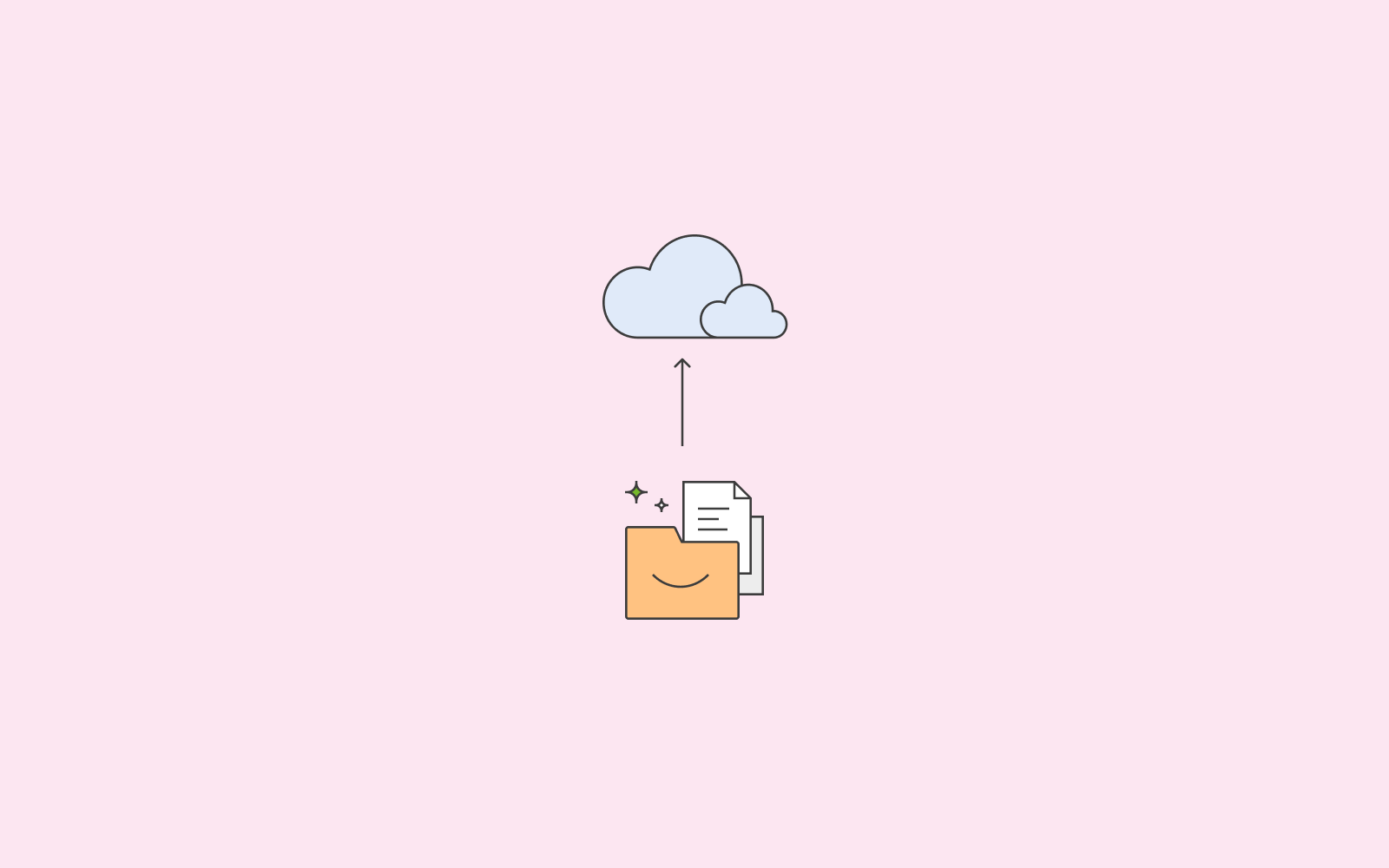IMAP vs POP3: Which email protocol should you choose?
Read all you need to know about IMAP and POP3
Managing your emails efficiently is crucial whether you’re running a business or using multiple devices for personal communication. IMAP and POP3 are two main protocols that determine how your emails are retrieved and stored. Choosing the right one can save you time, protect your data, and make email management seamless.
In this guide, we’ll explain both protocols, highlight their differences, and help you decide which works best for you.
What is POP3?
POP3 (Post Office Protocol 3) downloads emails from a server to a single device. Once retrieved, emails are usually removed from the server, meaning they’re only accessible on that device.
In that sense, POP3 is simpler than IMAP. Only downloads emails that are in your inbox folder. For example, it will not download emails from your spam folder, your draft folder, your sent folder, your deleted emails, etc.
Thus, if you have two computers, once one of the computers retrieve your emails from the email server, the other computer will not be able to retrieve the emails as it’s already been deleted.
Key points of POP3:
- Downloads emails only from the inbox.
- Does not sync folders (sent, drafts, spam, etc.).
- Emails removed from server after download.
- Best for single-device use or limited internet connections.
Benefits of POP3
- POP3 uses bandwidth more efficiently than IMAP does. This is especially good if you have slow internet connections.
- There is no limitation on the size of your inbox with POP3.

What is IMAP?
IMAP (Internet Message Access Protocol) keeps emails on the server and synchronizes them across all devices. Changes made on one device (like deleting an email) are reflected everywhere. Not only are the emails saved on the email server, but IMAP also caches copies of your email to all your devices.
Additionally, IMAP synchronises all your folders. Unlike POP3, IMAP synchronises your inbox folder, sent folder, deleted folder etc.
When using IMAP, keep in mind that if you delete a retrieved email from your smartphone, that email will automatically be deleted from your computer and the email server. The same applies when you create a folder, the folder will also show up automatically on your computer and the email server.
Key points:
- Syncs all folders: inbox, sent, drafts, spam, etc.
- Emails remain on the server until deleted.
- Access from multiple devices simultaneously.
- Best for users with multiple devices or teams.
Benefits of IMAP
- With IMAP, you can easily transfer all your old email archives to your new email program if you ever decide to switch email clients. It will only take a few minutes, and you can easily download all your emails from the server.
- When you choose an email set up with IMAP at one.com, all your emails will have a saved copy on the mail server. Meaning, if your computer breaks or gets stolen, you don’t have to worry about losing your data. Our backup system at one.com protects your mail against almost any risk you can imagine.
- Unlike POP3, IMAP saves a copy of your emails. Hence, IMAP can retrieve emails from the email server multiple times as a copy of the email will always exist on the server until you decide to delete it.
Why IMAP is ideal for business users
The IMAP protocol presents unique advantages for businesses. By storing emails on a remote server, users enjoy access from multiple devices like smartphones, tablets, and computers. This flexibility is vital in today’s business landscape, where remote work is prevalent. Additionally, IMAP supports synchronization, meaning changes on one device reflect on all, aiding efficient email management. It also offers robust security through SSL or TLS encryption, crucial for safeguarding sensitive business communications.

POP3 vs IMAP: Key Differences
- Device access
- POP3: Emails are downloaded to a single device.
- IMAP: Emails stay on the server and can be accessed from multiple devices.
- Folder synchronization
- POP3: Only downloads emails from the inbox.
- IMAP: Syncs all folders (inbox, sent, drafts, spam, etc.).
- Server storage
- POP3: Emails are deleted from the server after download.
- IMAP: Emails remain on the server until you delete them.
- Internet connection
- POP3: Once emails are downloaded, you can read them offline.
- IMAP: Requires an internet connection to sync changes in real time.
- Backup & security
- POP3: Emails exist only locally on your device.
- IMAP: Server keeps a copy, providing backup and security.
- Best use case
- POP3: Ideal if you only use one device, have limited storage, or want offline access.
- IMAP: Perfect if you use multiple devices, need consistent access, or want better data protection.

IMAP and POP3 with one.com
Hosting your email with one.com ensures you can access your IMAP account on Windows, Linux, Mac, or mobile devices. With webmail, you can read and send emails from anywhere. Our recommendation: IMAP for flexible, secure, multi-device access; POP3 if you prefer a single-device setup.
